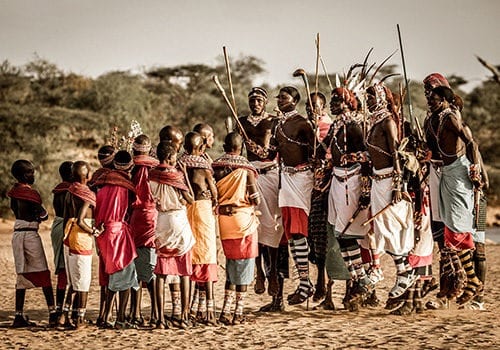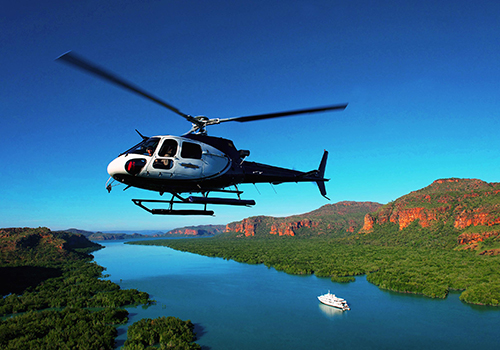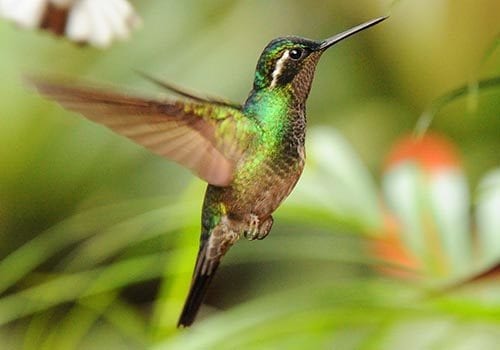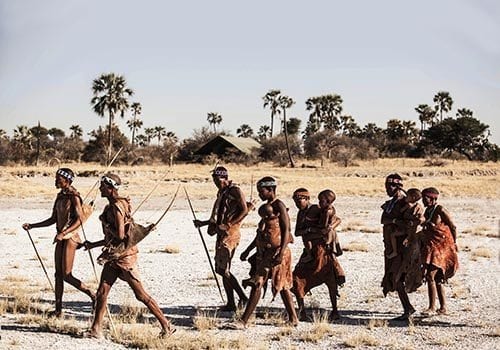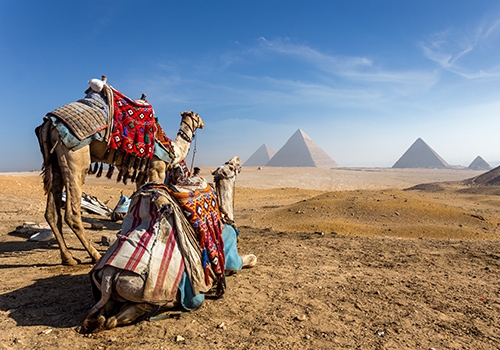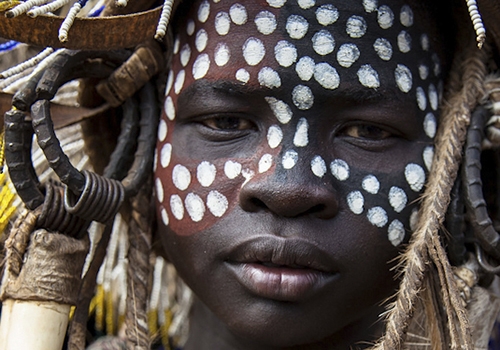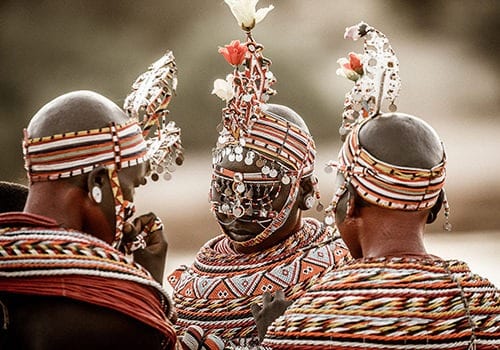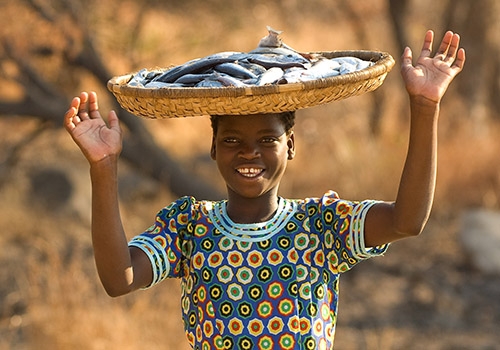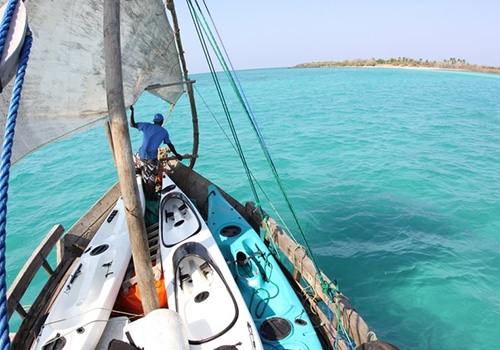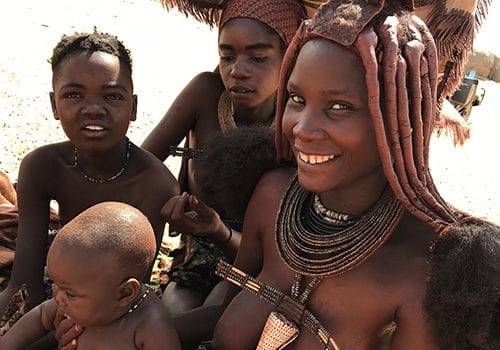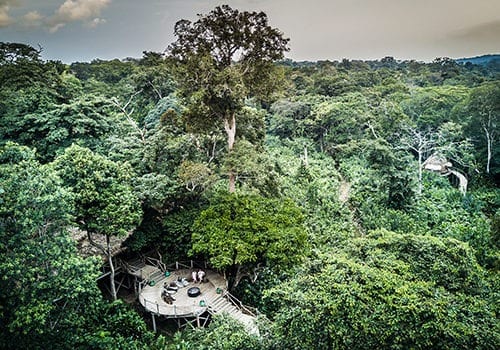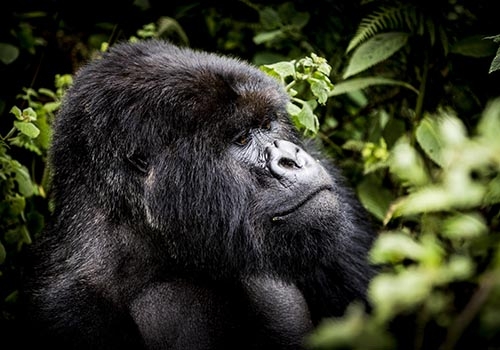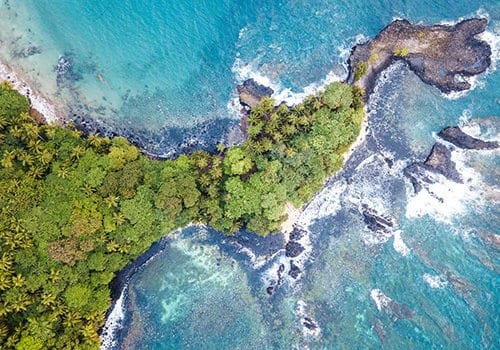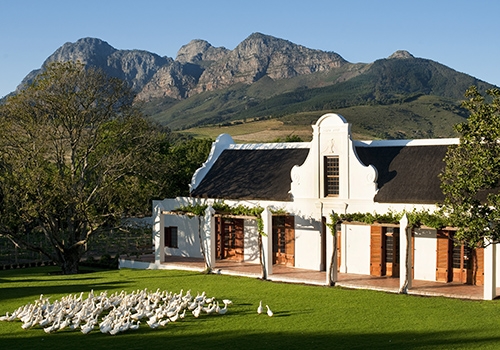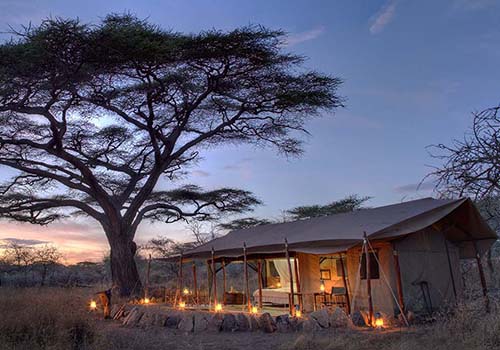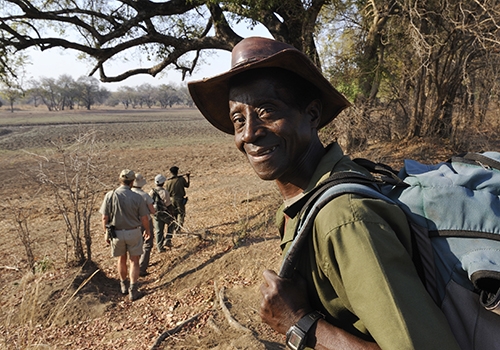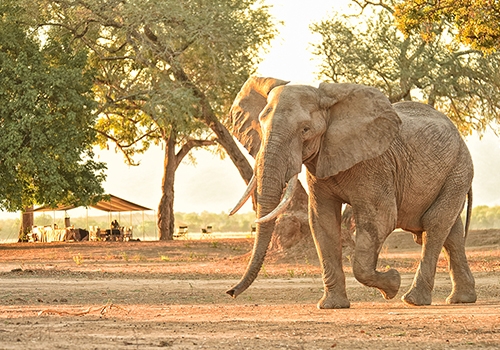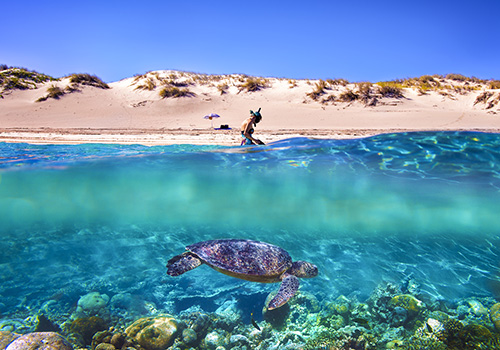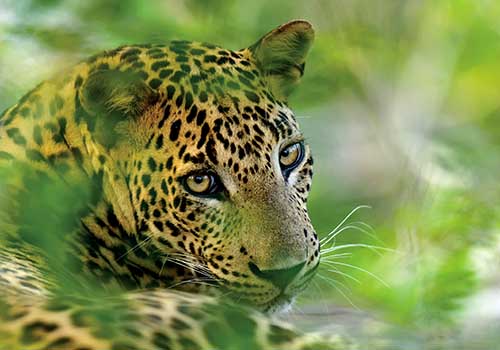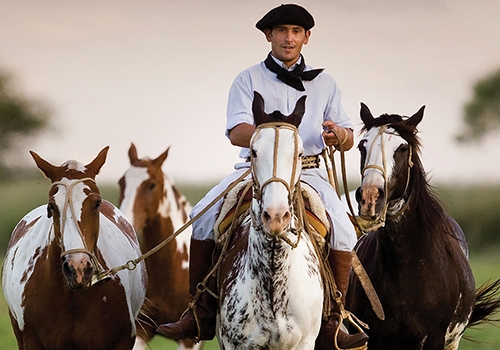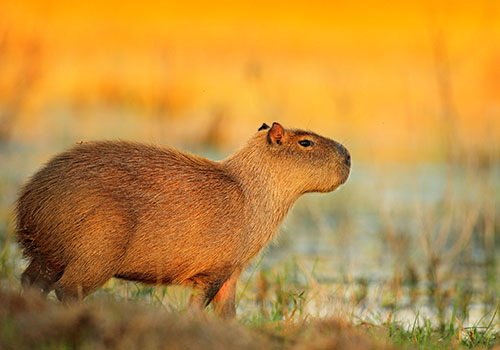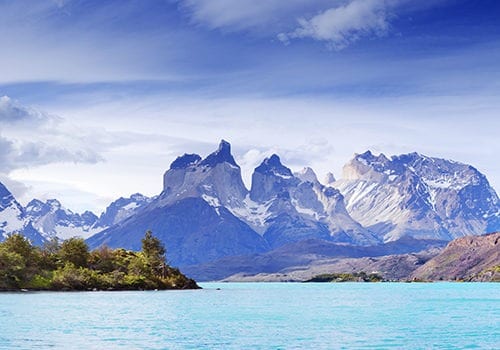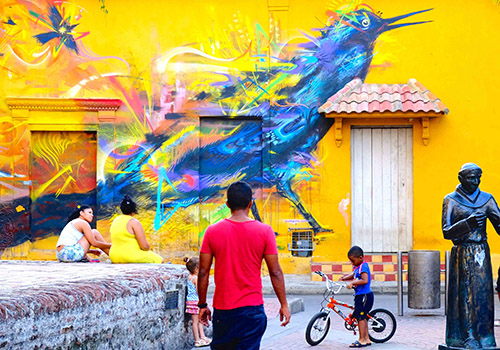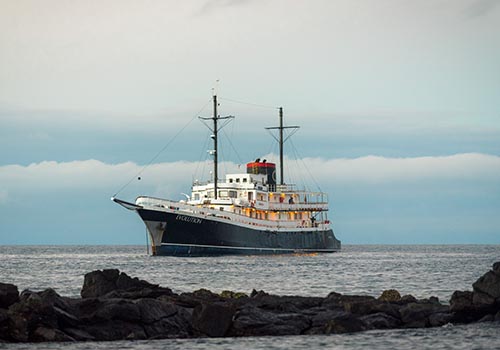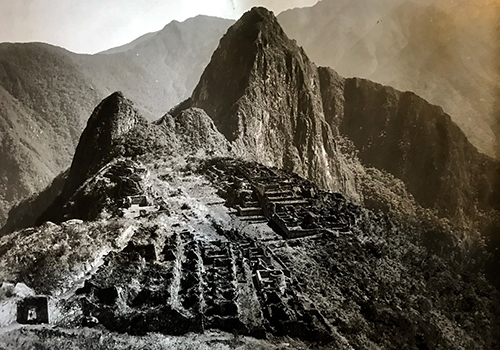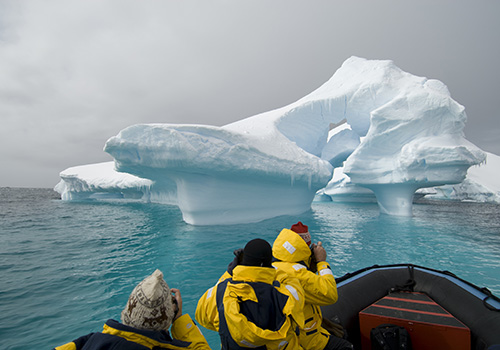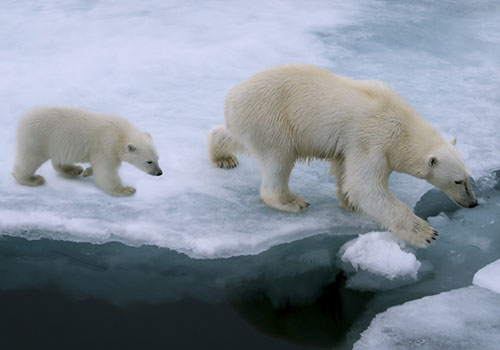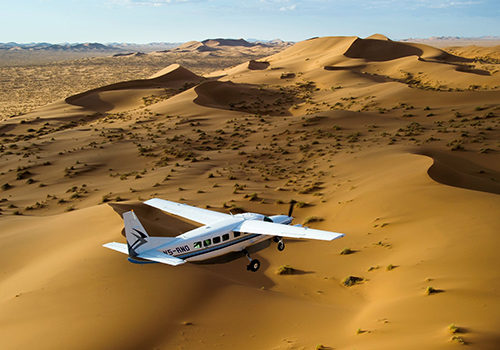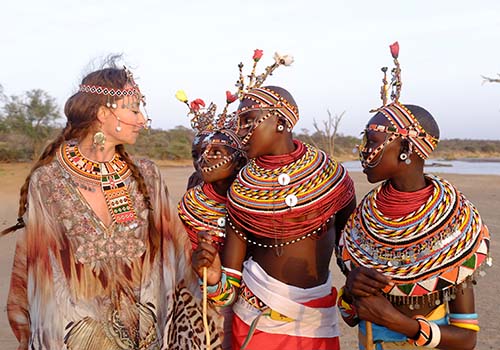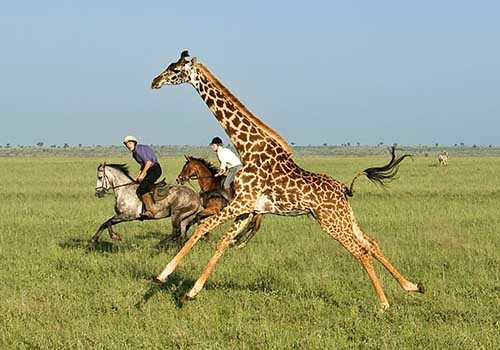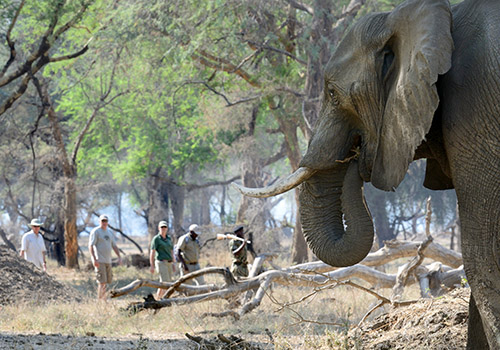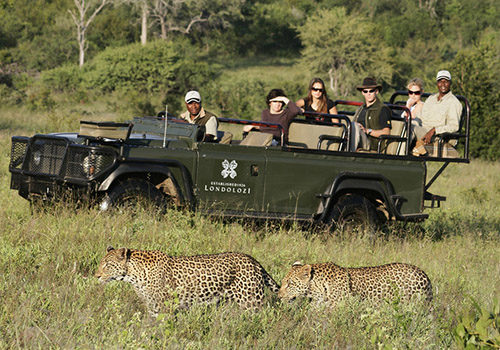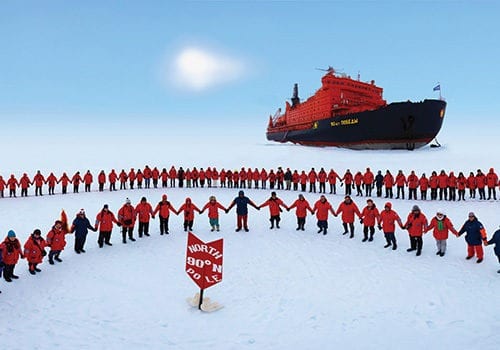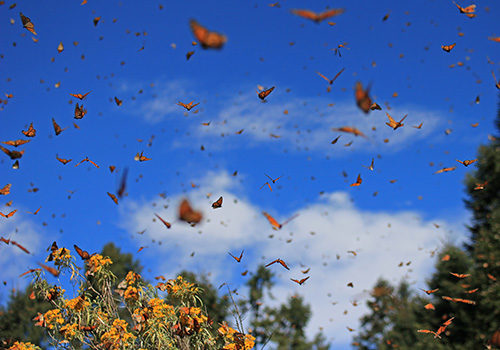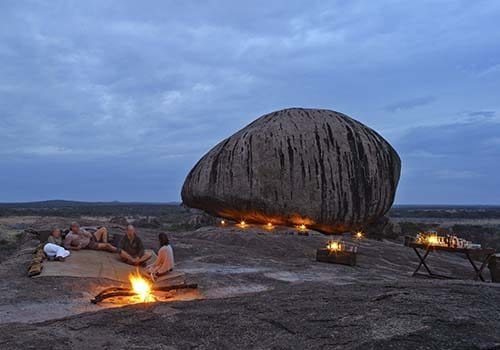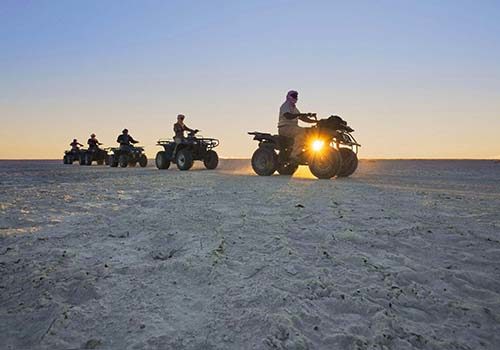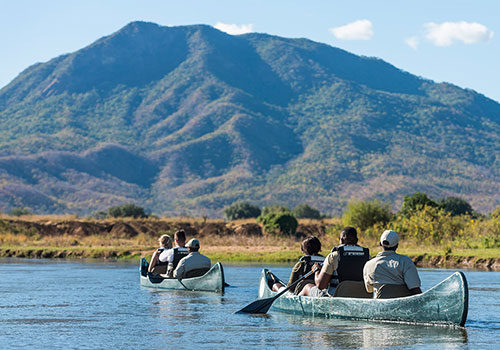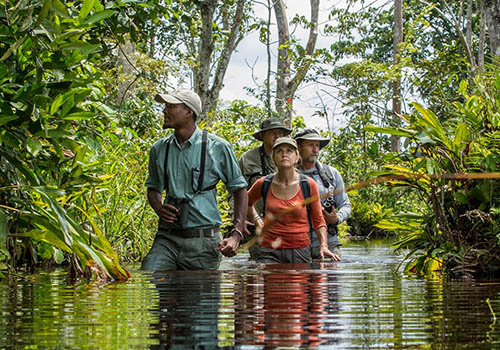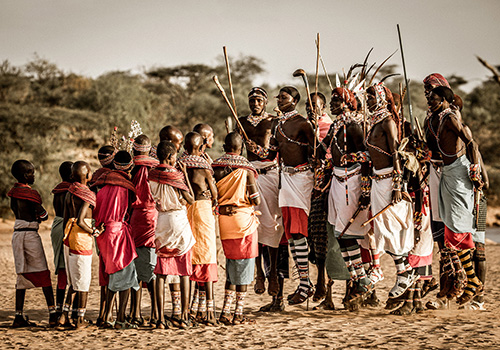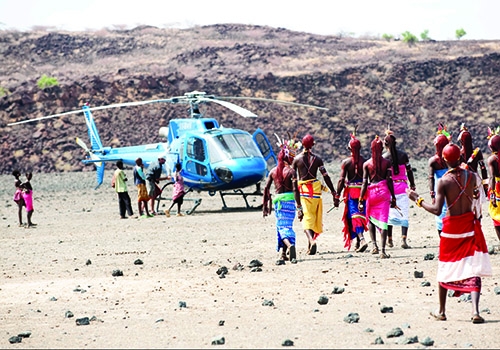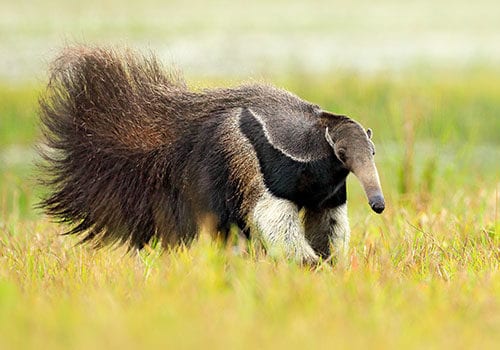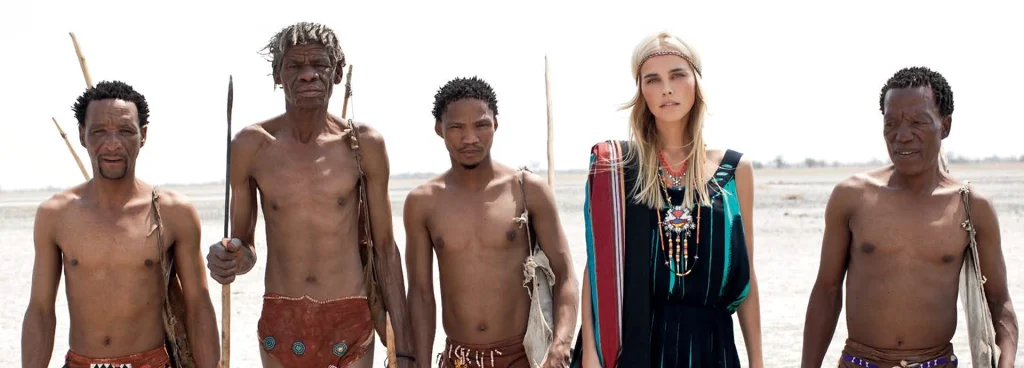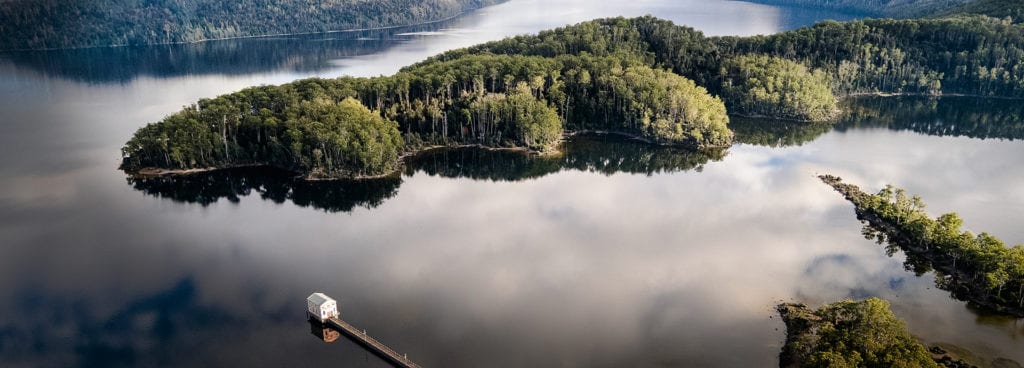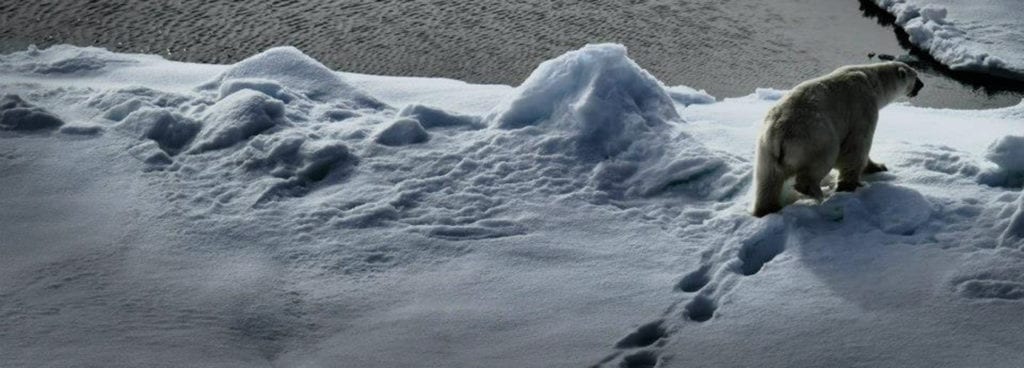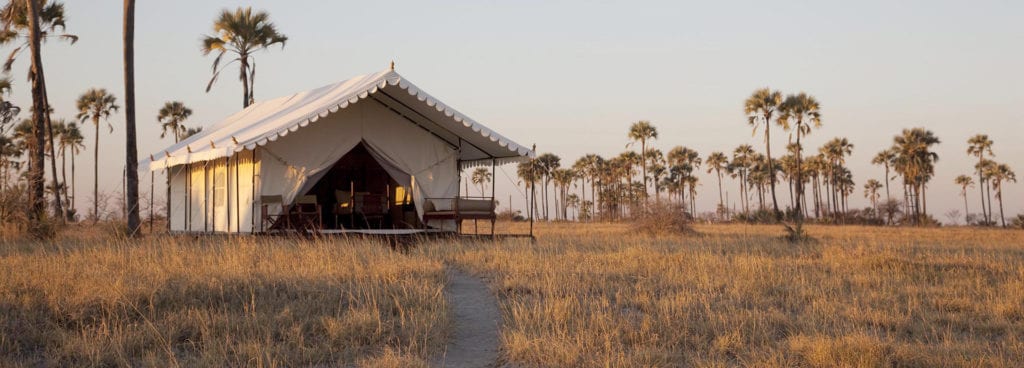DISPATCHES FROM EXOTIC LANDS
Beyond the Crowds: Discovering Patagonia’s Most Exclusive Travel Window
The secret to an extraordinary Patagonian adventure lies in timing, and for those seeking solitude, the shoulder seasons offer the most rewarding experiences. Whilst December to February delivers the warmest weather, savvy travellers increasingly favour March through April, when autumn transforms the landscape into a photographer’s paradise whilst dramatically reducing both crowds and costs.
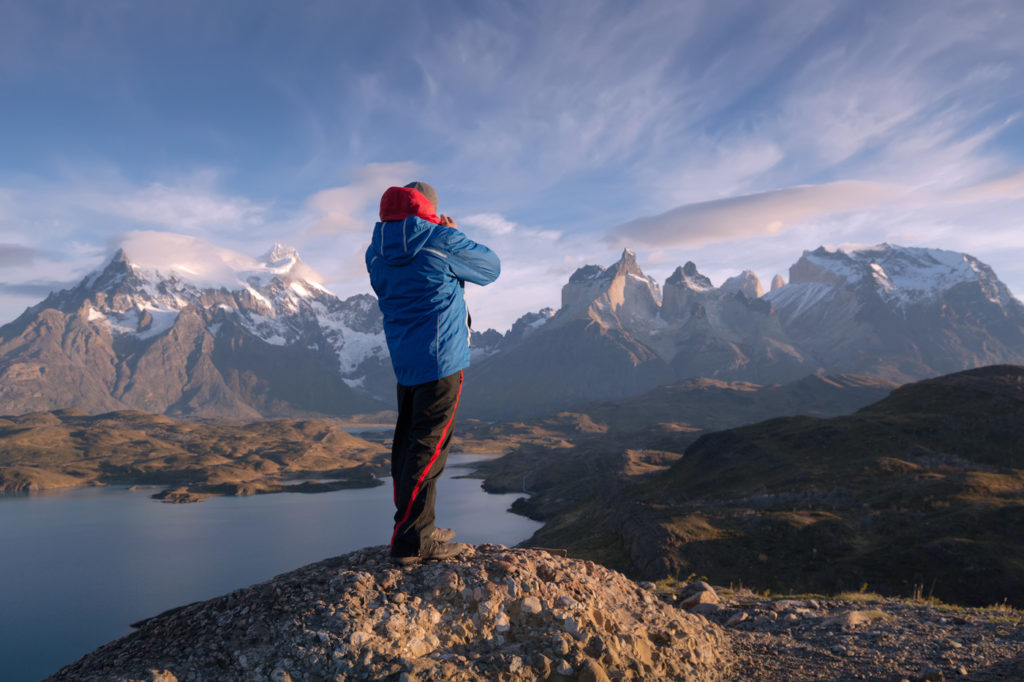
Patagonia spans both Chile and Argentina, creating a vast wilderness where weather patterns shift dramatically across seasons. Understanding these variations becomes essential for travellers seeking unique experiences in one of Earth’s most remote destinations. The region’s notorious winds, unpredictable weather, and limited infrastructure demand careful seasonal planning.
The conventional wisdom suggests summer visits for optimal conditions, yet experienced guides and operators increasingly recommend the shoulder months. March through April delivers spectacular autumn colours as southern beech forests explode in brilliant yellows and oranges, creating stunning contrasts against azure lakes and pristine glaciers. Wildlife viewing reaches its peak during these months, with puma sightings at their most reliable and migrating whales still actively feeding in Patagonian waters.
![]()
Patagonia Travel in Autumn | March – May
March emerges as the crown jewel of Patagonian travel, offering what many expedition guides consider the region’s finest conditions. Temperatures settle into a comfortable 10-15°C (50-60ºF) range, whilst the notorious Patagonian winds, which can exceed 190km/h (120 mph) during summer, calm to manageable levels. This dramatic reduction in wind creates ideal conditions for wilderness hikes, yacht excursions through Chilean fjords, and the extended golden-hour photography sessions that define luxury travel experiences.
The wildlife calendar aligns beautifully with March timing. Puma tracking reaches peak success rates as females actively hunt to feed their cubs, making sightings nearly guaranteed during multi-day expeditions. Peninsula Valdés offers the spectacular sight of orcas executing their famous beach-hunting techniques, whilst Magellanic penguins remain accessible at colonies like Punta Tombo, where over one million birds create one of nature’s most impressive gatherings.
For accommodations, March represents the sweet spot between full operational capacity and shoulder-season availability. Private guides become readily available, helicopter transfers operate reliably, and exclusive dining experiences remain uncompromised.
April extends these advantages whilst adding autumn’s most dramatic colours. The season offers perfect hiking conditions with comfortable temperatures and minimal wind, making it ideal for Torres del Paine’s renowned circuits. Wildlife remains active as animals prepare for winter, whilst the reduced daylight hours create extended golden periods perfect for landscape photography.
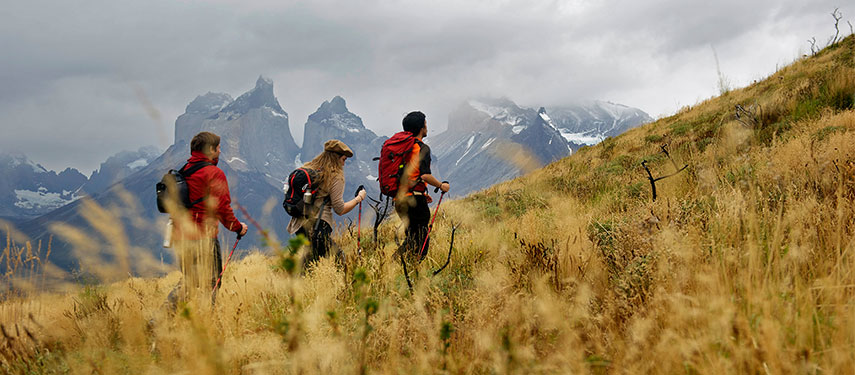
Patagonia Travel in Spring | September – November
Spring presents Patagonia’s wildflower transformation, when blooms carpet the steppes and migrating whales return to Peninsula Valdés waters. This season particularly appeals to luxury travellers seeking dramatic landscape photography, as spring flowers create stunning foregrounds against iconic granite spires. Weather patterns remain variable, with September carrying winter’s chill whilst November approaches summer’s reliability.
Patagonia Travel in Summer | December – February
Summer’s trade-offs demand careful consideration. December through February undoubtedly offers Patagonia’s longest daylight hours (up to 18 hours daily) and warmest temperatures reaching a comfortable and moderate 22°C (72ºF). However, these advantages come with significant compromises. The wind can make that helicopter operations unreliable, for example. The region’s most exclusive properties become overcrowded, with booking windows extending 12-18 months in advance and premium rates increasing substantially.
Wildlife viewing, whilst accessible, becomes less intimate due to crowded viewing areas. Torres del Paine’s renowned W Trek sees thousands of hikers daily, transforming pristine wilderness experiences into busy walking tracks. For travellers accustomed to exclusivity, summer’s bustling conditions can feel distinctly unrefined. To escape the crowds, horseriding expeditions allow you to venture deep into the wilderness and experience traditional gaucho culture, spending time with the cowboys of Patagonia.
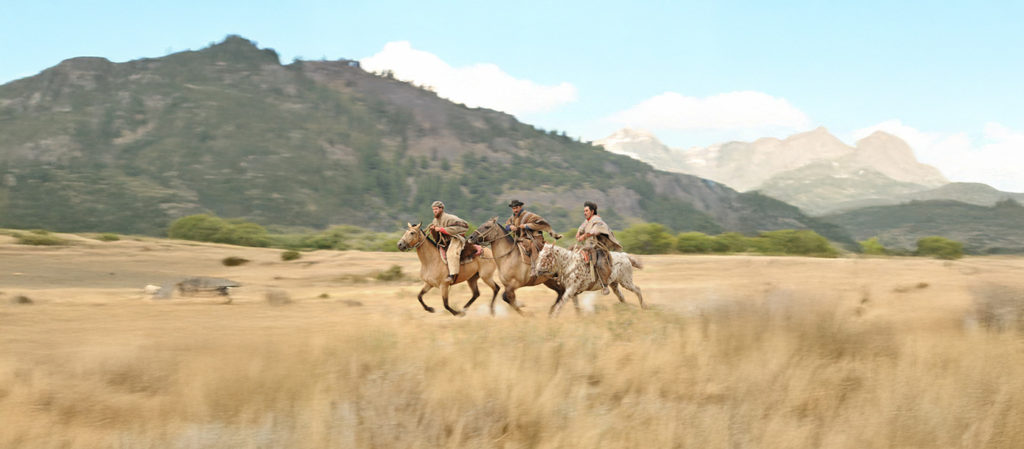
Patagonia Travel in Winter | June-August
Winter transforms Patagonia into an entirely different destination, offering ultimate exclusivity for adventurous luxury travellers. With most accommodations closed, the few operational properties provide unparalleled intimacy with the landscape. Puma tracking achieves remarkable success rates as snow makes tracking easier, whilst glacier viewing reaches its most dramatic potential with snow-covered peaks creating pristine reflections in still lakes.
The vast expanse of Patagonia demands regional expertise to optimise timing across destinations. Chilean Patagonia, influenced by Pacific weather patterns, experiences wetter conditions but more dramatic seasonal transitions. Argentine Patagonia offers more stable continental conditions, making it ideal for extended wildlife observation. Peninsula Valdés operates on its own calendar, with whale season running June through December and peak viewing occurring September through November.
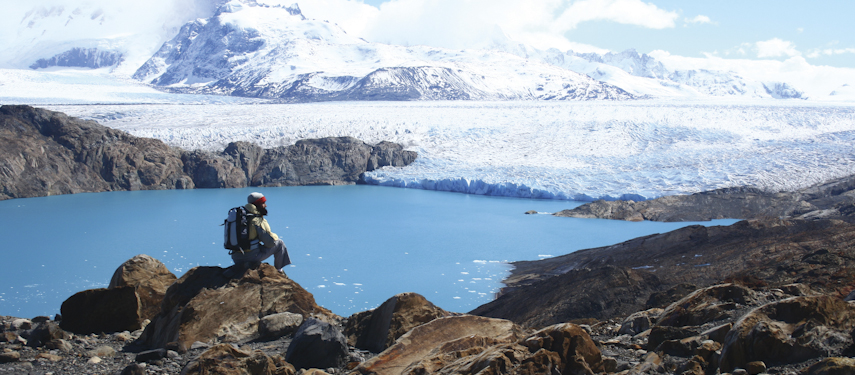
For discerning travellers, the optimal strategy combines Peninsula Valdés whale watching with Torres del Paine autumn colours during April, creating itineraries that capture both regions at their peak moments. Private transportation between regions, be that helicopter transfers or yacht charters, eliminates logistical challenges whilst providing exclusive access to remote areas.
Patagonia rewards strategic timing with experiences that transcend any other travel that you may have experienced before. March through April emerges as the optimal window, delivering perfect weather conditions, peak wildlife viewing, reduced crowds, and significant cost advantages whilst maintaining full access to exclusive properties and experiences. With that being said, there’s no true “wrong” time to embark on Patagonia travel, and see for yourself one of the most distinctive and pristine corners of the world.
